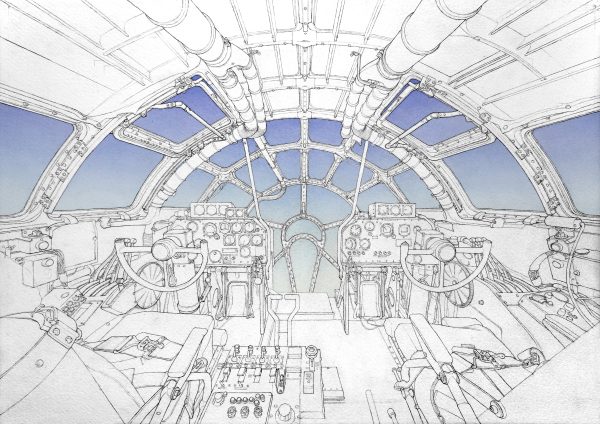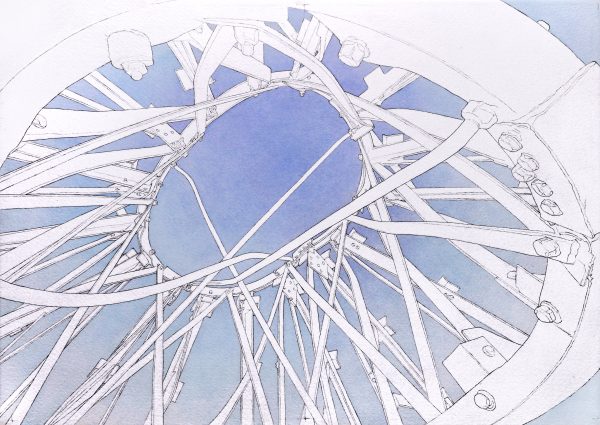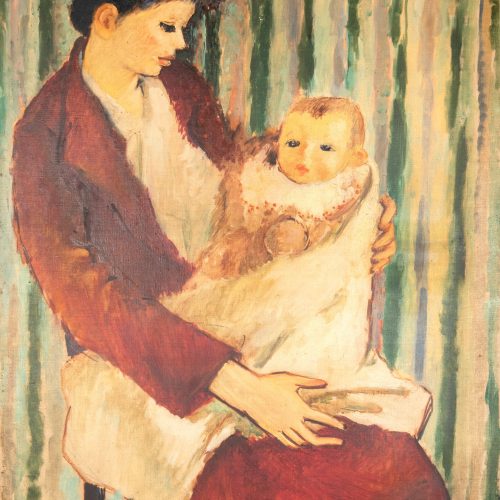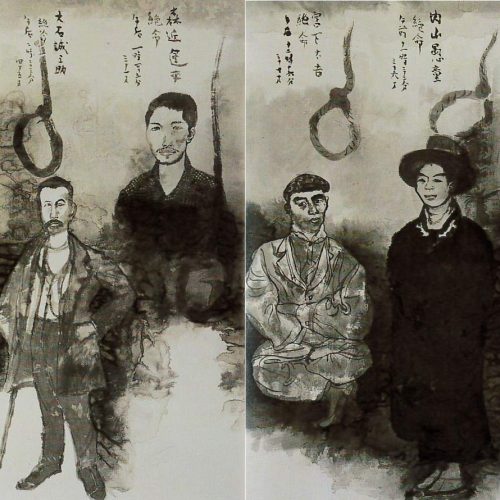ExhibitionFinished
Date : Mar. 11 - Apr. 10, 2022
Ri Jong Ok – Simulated Window

SIMULATED WINDOW
I sometimes feel that I have multiple, contradictory perspectives on the history and issues surrounding World War II.
I am a third generation Zainichi Korean and received an “ethnic education” at a Chosen Gakko (Korean school), but I was born and raised in Tokyo, Japan, so I was exposed to Japanese media and culture on a daily basis. Like many artists, I internalized the traumatic memories of post-war Japan into my expressions and art so much so that they became inseparable from my own work.
As I continued to conduct research and interviews for the concept of this solo exhibition, I felt that I did not have a clear point of view for this project.
I felt that I didn’t quite see myself as “victim” or “aggressor,” but more as a third party looking in from the outside.
On the other hand I feel that many generations, regardless of their affiliation, living in this same era who do not know about the war have a frivolity toward historical facts, a subculture-like imagination, or a euphoria for stories that could be called fiction, and I feel that I myself, a Zainichi, have these feelings as well.
When we try to imagine history or war, it is difficult to do so without being swept up into a story.
We end up trying to add value to plain facts.
The title of the exhibition, “SIMULATED WINDOW,” refers to graffiti left by soldiers on the wall of the hangar of the ‘Enola Gay,’ the B-29 bomber that dropped the atomic bomb on Hiroshima, at Wendover Air Force Base in Utah, USA.
I learned about the existence of this graffiti from the text by Noi Sawaragi, The ‘Sky’ As Seen from Enola Gay: Chim↑Pom’s ‘PIKA’ and the Window of the Returning Soldiers Who Dropped the A-bomb, which was published in Chim↑Pom’s book Why Can’t We Make the Sky of Hiroshima “PIKA!”? (Quoted below)
“I currently have a series of photographs taken by the American photographer Richard Misrach…Among them, there is one photo that particularly catches my eye. There, almost in the center of a white board which looks like construction paper, is Mt. Fuji. To the left of the mountains, what is most likely the morning sun is rising.
The shadow of a plane that looks like a bomber can be seen hovering in the shadow of the mountains. Incidentally, the entire piece of graffiti is titled, “SIMULATED WINDOW” — in other words, this is not a painting, but a window.” (pp53-55)
The word “window” is derived from the words “wind” and “auga” (eye).
The skylight of the Pantheon, the largest dome building in Rome, is called “oculus” (eye) because the central part of the dome is open like an “eye” for lighting and ventilation purposes.
I often begin my work with the hope that I will uncover some large structure, or that I will be able to add substance to a mere facade, to fill in the blanks to create an outer shell or outline to an otherwise empty space.
I felt as if I had gained a new perspective when the hemispherical cockpit of the B-29 and the view from inside the dome, where only the steel frame remained, seemed to overlap.
I would like to present the imagination of human beings living in the present age, through several window-like viewpoints, within the limitation that the imaginable scenery can only exist in fiction.


Ri Jong Ok
Born in Tokyo in 1991. Graduated from the Graduate School of Arts and Sciences at Korea University in 2018. As a third-generation Zainichi Korean living in Japan, Ri uses her intersectional perspective on nationality and ethnicity as a foothold for her work.
Ri appeals to the context and structure of the majority by using compositional references and symbolic motifs from classical paintings, and creates two-dimensional works with a multilayered structure using collage and other techniques.
Major exhibitions include “Zainichi, the Present, and Art” Exhibition (2014), Musashino Art University x Korea University “Suddenly, the view spread out before us” (2015), “VOCA2020” (2020), “Bubbles / Debris: Art of the Heisei Period 1989–2019” (2021), and solo exhibition “L’empire des Signes” (2021).


